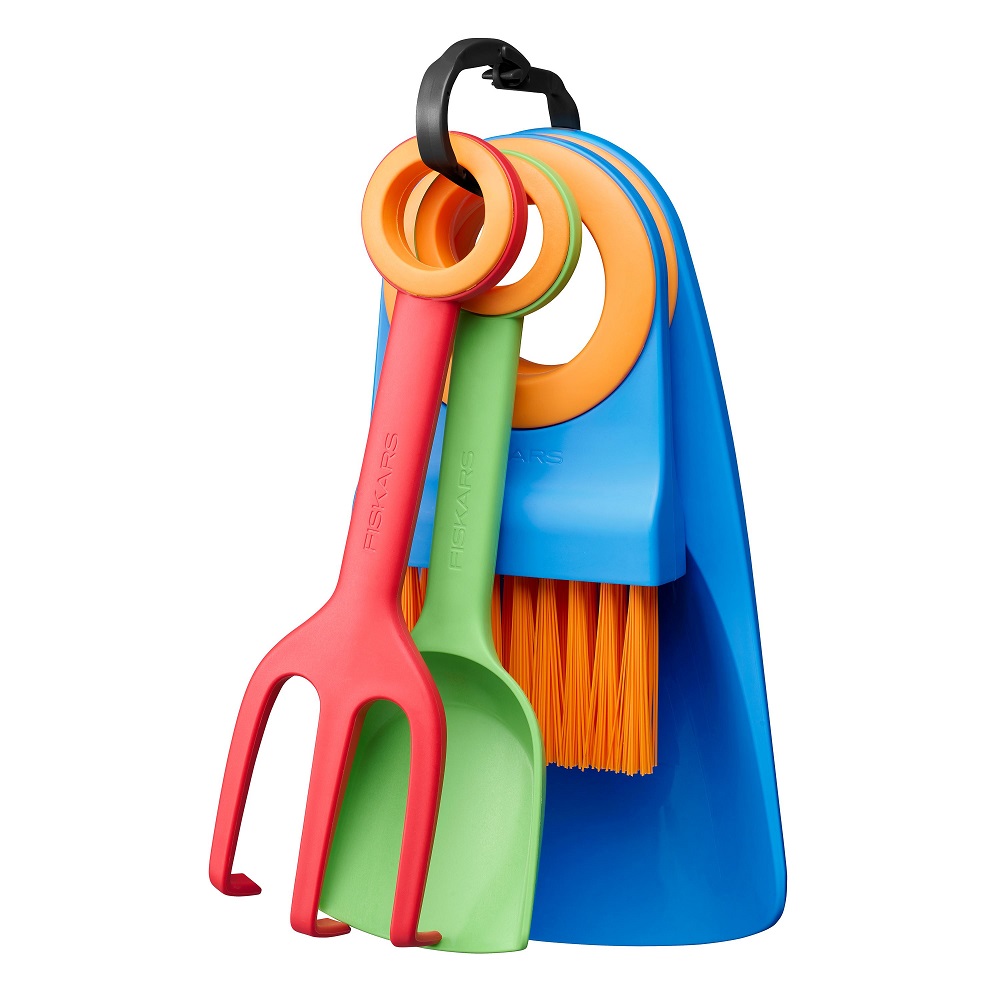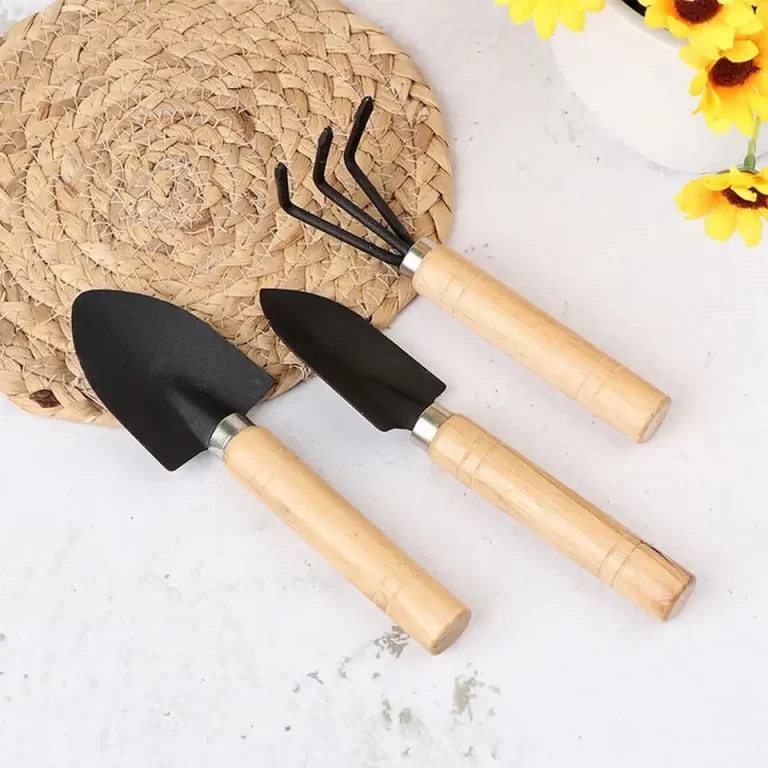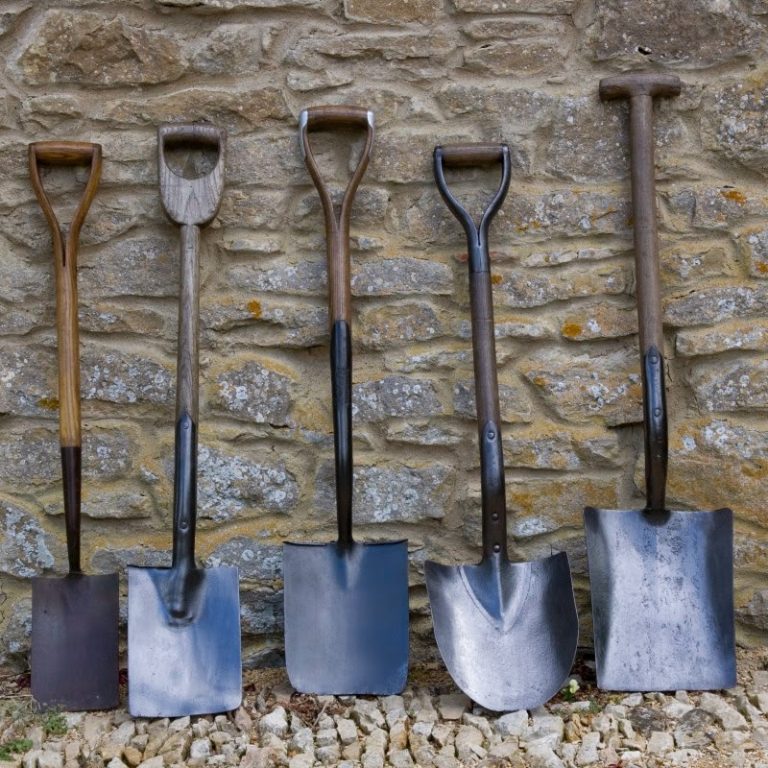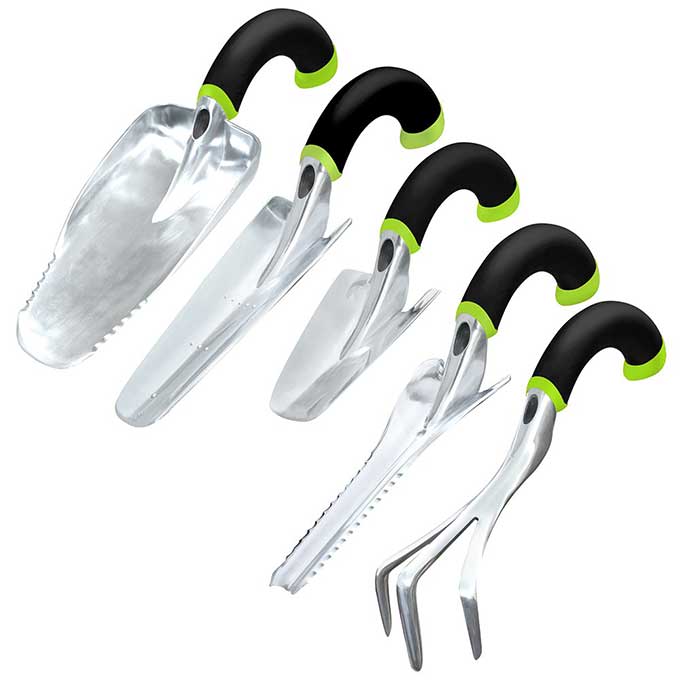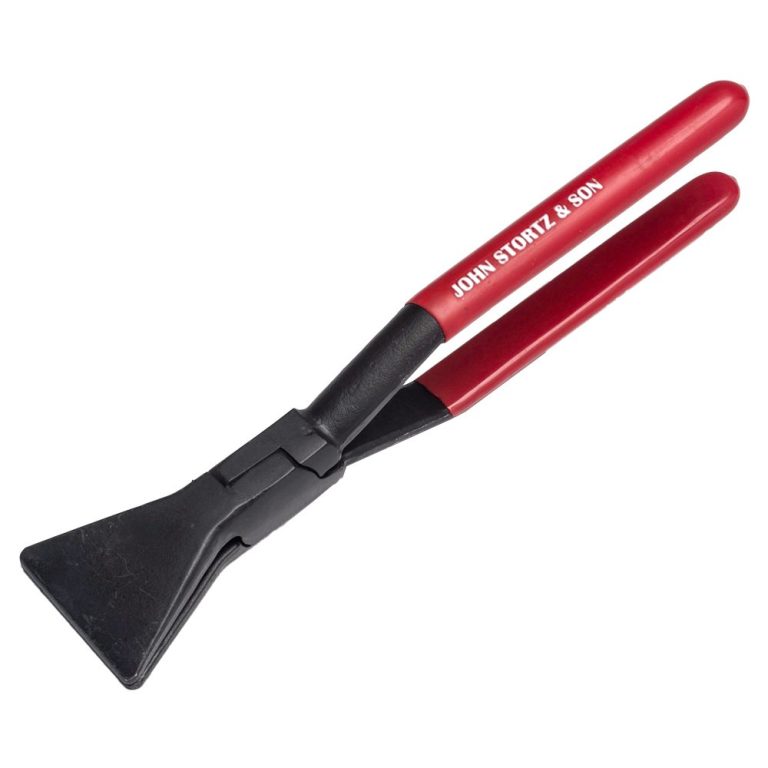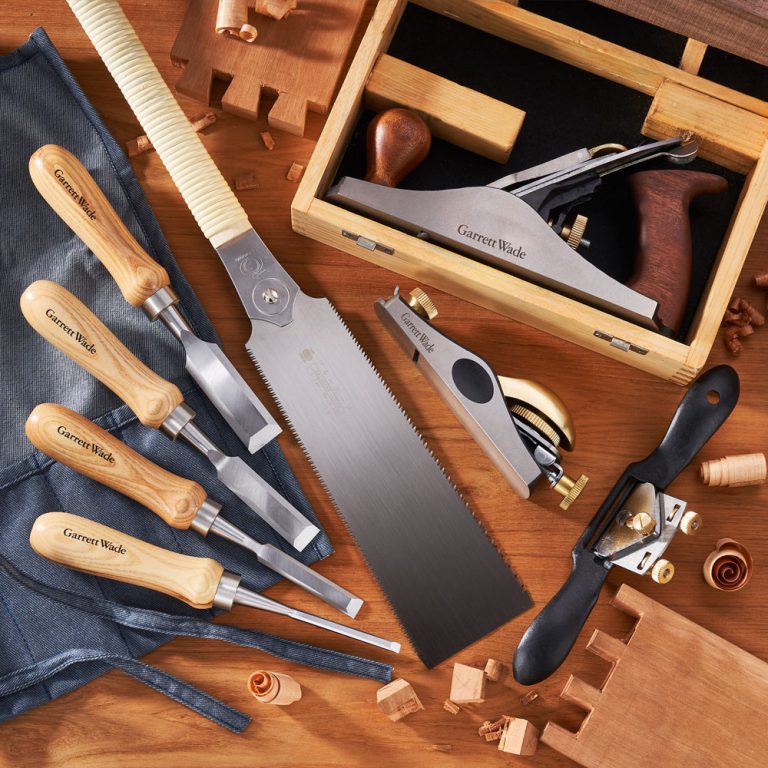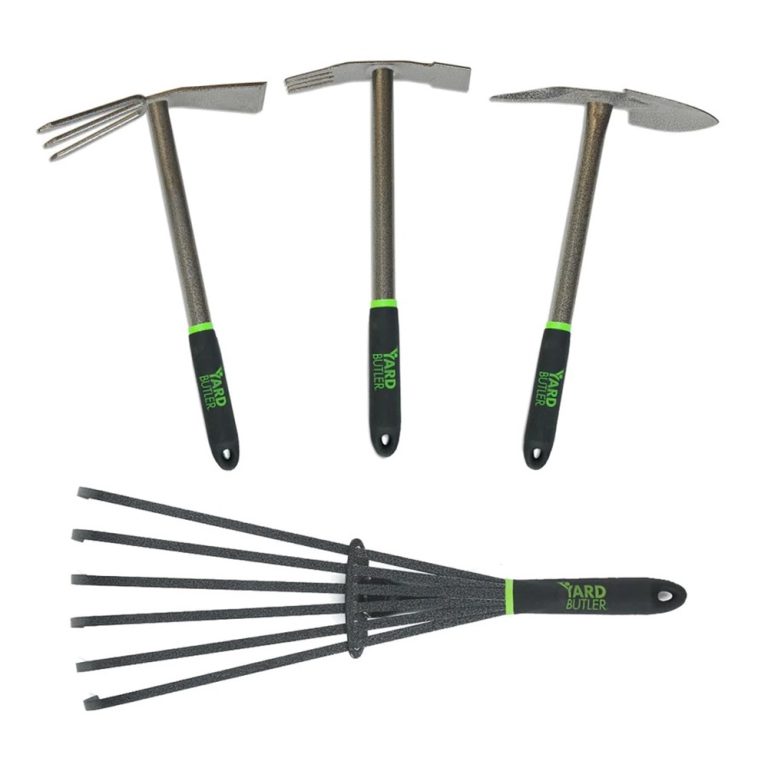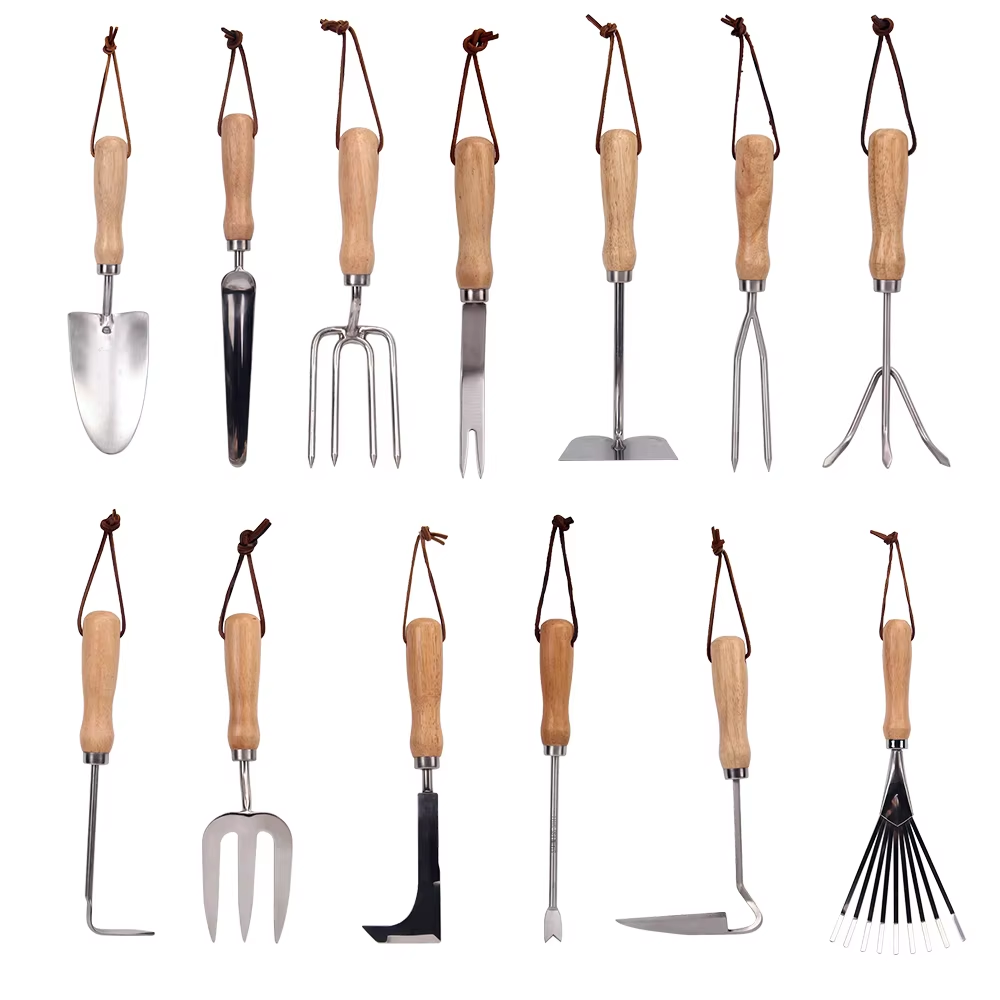Gardening is an excellent way for children to connect with nature, learn responsibility, and have fun outdoors. One of the keys to fostering this interest is providing them with the proper tools. Choosing the right children’s garden tools can make all the difference in their experience. With numerous options available, it can become confusing for parents. This article will guide you on how to choose the best children’s garden tools while ensuring safety, functionality, and enjoyment.
Why Gardening Matters for Children
1. Fostering a Love for Nature
Gardening introduces children to the beauty of nature. It provides them with hands-on experience in caring for plants and learning about ecosystems. By engaging with the outdoors, children can foster a deep appreciation for the environment, which can follow them into adulthood.
Spending time in the garden can also enhance a child’s curiosity. They might ask questions about how plants grow, the role of insects, or the importance of water. This inquisitiveness can promote learning and encourage them to explore ecological concepts. Establishing a love for nature at a young age helps shape respectful and responsible future stewards of the environment.
2. Encouraging Physical Activity
Gardening is an excellent form of physical exercise. It involves digging, planting, watering, and pulling weeds, all of which contribute to an active lifestyle. Children benefit from moving their bodies as they engage in tasks like raking leaves or moving soil.
Physical activity is crucial for children’s health. It strengthens muscles, improves coordination, and contributes to overall well-being. By participating in gardening, they develop healthy habits and learn the importance of staying active. The enjoyable nature of gardening can encourage kids to be more physically active in their daily lives.
3. Teaching Responsibility and Patience
Gardening instills a sense of responsibility in children. They learn that taking care of plants requires consistent effort, including watering, weeding, and monitoring growth. This responsibility helps them understand the consequences of their actions and develop a sense of commitment.
Moreover, gardening teaches children patience. Plants take time to grow and flourish, which can be a valuable lesson in the importance of waiting and nurturing. Cultivating patience helps children develop emotional resilience and allows them to better manage expectations in other areas of their lives.
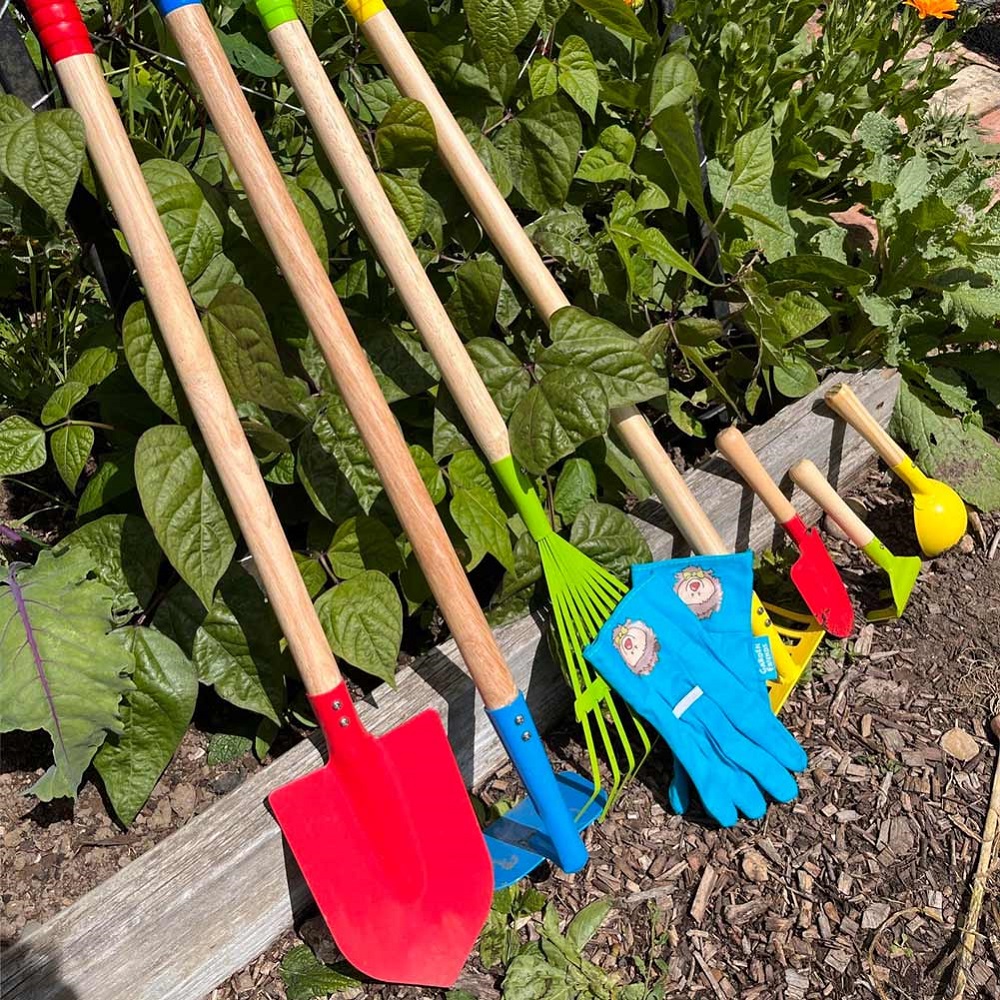
Features to Consider in Children’s Garden Tools
1. Safety First
When selecting children’s garden tools, safety should be your priority. Look for tools with rounded edges, sturdy grips, and lightweight materials. Avoid sharp tools like pruners or trowels with pointed ends, especially for younger children.
Safety features such as non-slip handles help children maintain control of their tools, reducing the risk of accidents. Make sure tools are designed specifically for smaller hands, allowing for easier grip and handling. Safety ensures a positive gardening experience, allowing children to enjoy their activities without worrying about potential injuries.
2. Size and Weight
Choosing the right size and weight of tools is vital for comfort and usability. Children benefit from tools that fit their hands and are light enough for them to maneuver easily. Tools that are too heavy can lead to fatigue, discouraging children from wanting to garden.
Look for sets designed specifically for children, as these tools typically come in appropriate sizes. A lightweight set encourages longer gardening sessions and makes tasks enjoyable. Providing the right tools empowers children, allowing them to explore gardening with enthusiasm.
3. Durable Materials
Durability is crucial when selecting children’s garden tools. Young gardeners may not always handle tools with care, so choosing sturdy materials is essential. Look for tools made from high-quality plastic or metal that can withstand wear and tear.
Check ratings for resistance to rust, breakage, and bending. Investing in durable tools may cost more initially, but it provides longevity and helps avoid constant replacements. Ensuring the tools are well-made promotes a better gardening experience for children.
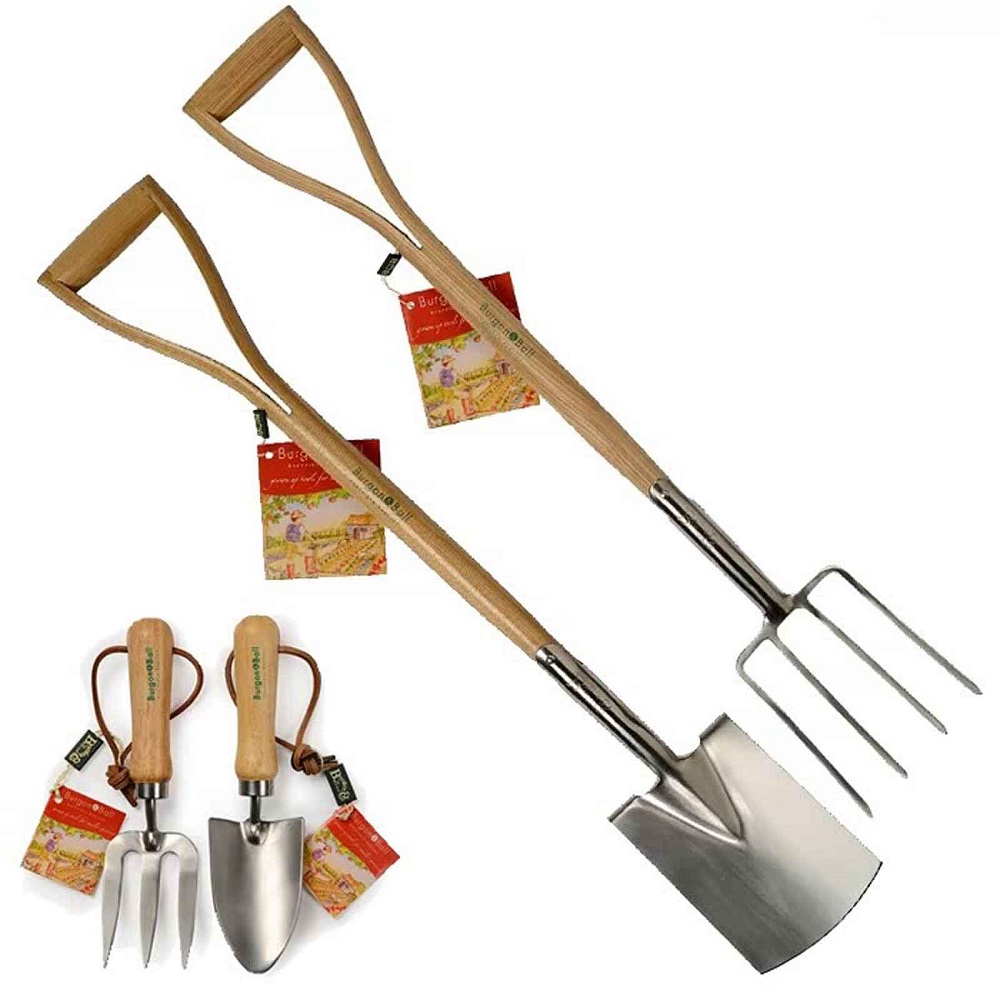
Types of Children’s Gardening Tools
1. Hand Tools
Hand tools are essential for any gardening endeavor. Basic hand tools for children include trowels, gardening forks, and hand rakes. These tools are perfect for digging, planting, and cultivating soil. They allow children to engage directly with the earth and learn practical gardening skills.
When selecting hand tools, look for brightly colored options that appeal to children. Many sets come with ergonomic handles designed for smaller grips. This custom design makes the tools approachable and can foster excitement about gardening tasks.
2. Watering Equipment
Watering is a vital aspect of gardening, and children should have the appropriate tools to do so. Consider a small watering can or a spray bottle designed for kids. These tools allow children to learn about the importance of hydration in plant care.
Choose lightweight and easy-to-handle watering options. Colorful watering cans with fun designs can capture children’s interest and encourage regular watering routines. Teaching children about proper watering techniques builds their responsibility in caring for plants.
3. Protective Gear
While not tools in the traditional sense, protective gear is an essential part of gardening for children. A good pair of gardening gloves will protect their hands from dirt and thorns. Look for soft, flexible gloves designed for kids that won’t restrict movement.
In addition to gloves, consider sun hats and sunglasses for outdoor gardening. Teaching children about sun safety is vital, instilling the importance of protecting their skin while they enjoy their time outdoors. Proper protective gear enhances their gardening experience while ensuring safety.
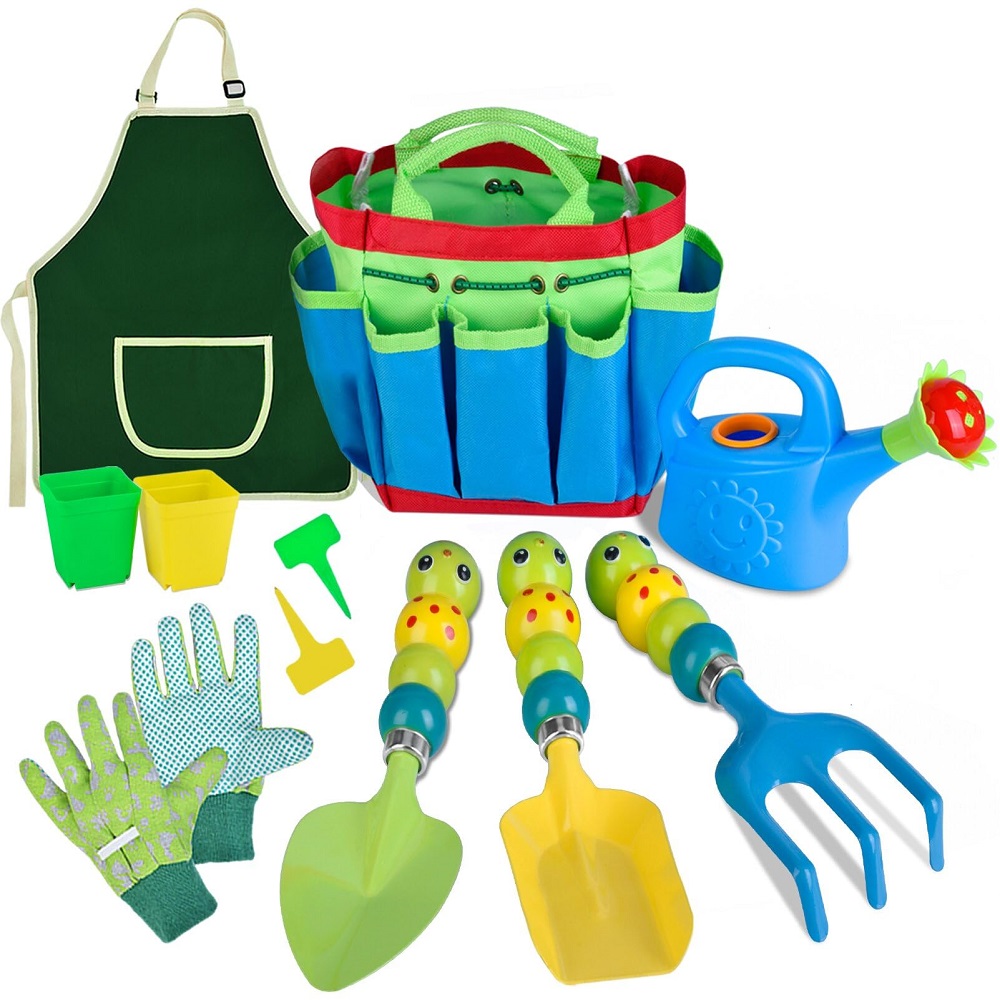
Purchasing and Budgeting for Children’s Garden Tools
1. Shopping Options
When it comes to purchasing children’s gardening tools, there are various options available. Local garden centers often carry dedicated sections for kids, making it easy to find appropriate tools. Many stores offer sets that include multiple tools, providing good value for money.
Online shopping is another convenient option, allowing you to browse a wide range of products. Reviews can help you gauge the quality and suitability of different tools before making a purchase. By exploring both local and online options, you can ensure you find the best tools for your child.
2. Creating a Budget
Establishing a budget is crucial when shopping for children’s garden tools. Prices can vary, so determining how much you’re willing to spend can streamline the purchasing process. Assess the types of tools your child needs and prioritize spending on those items.
Consider investing in a high-quality starter set that covers the basics of gardening. This initial investment can serve as a foundation for further exploration in gardening. As children grow and develop their interests, you can add more specialized tools over time.
3. Encouraging Eco-Friendly Choices
As you create your budget and explore purchasing options, consider taking an eco-friendly approach. Look for tools made from sustainable materials or those that are biodegradable. Many manufacturers now produce gardening tools designed for children with an emphasis on environmental responsibility.
Purchasing eco-friendly tools teaches children about conservation and sustainability. It encourages a sense of responsibility toward the planet, which ties back to the lessons learned in gardening. Focusing on eco-friendly choices enriches your child’s gardening experience while promoting awareness of how their actions can impact the environment.
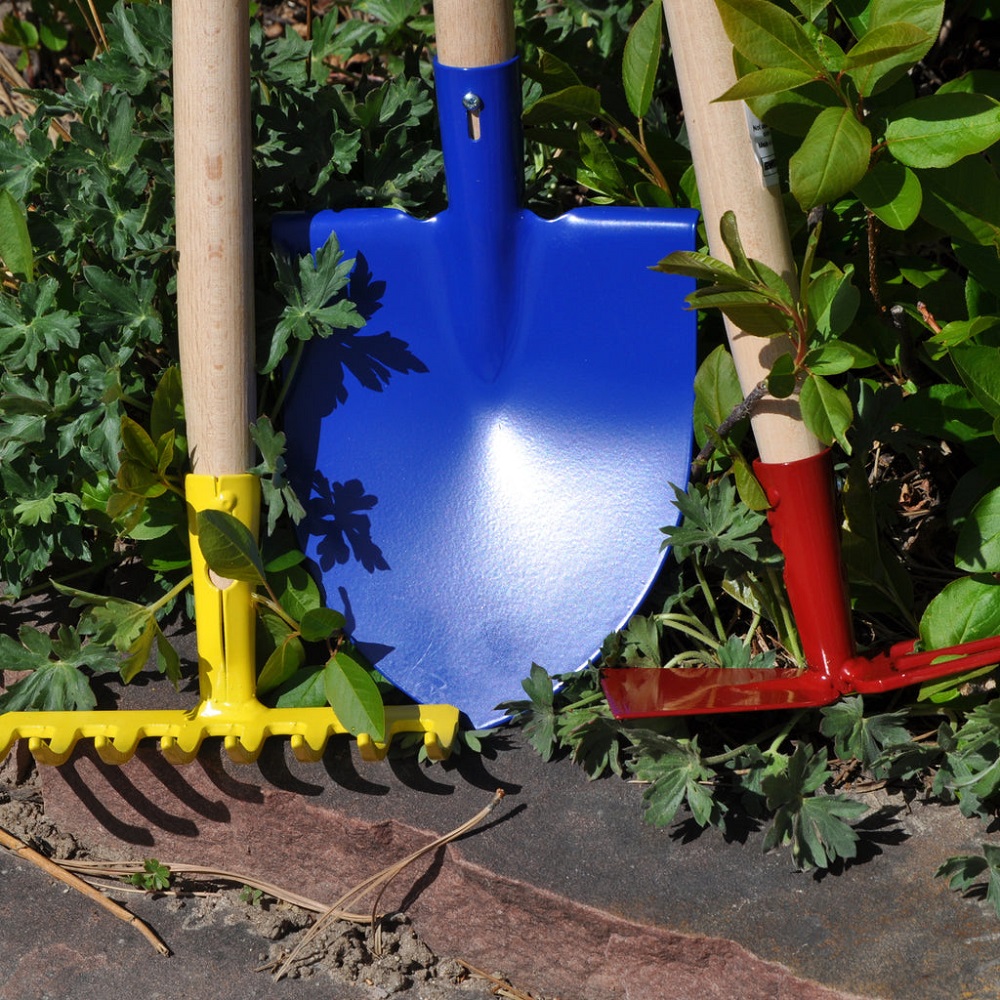
Engaging Children with Gardening
1. Creating a Family Garden
Getting children involved in gardening can be more engaging with a family garden project. Dedicate a small section of your backyard, patio, or balcony to create a family garden. Involve your children in planning, planting, and maintaining this space.
Let them choose which plants to grow, such as flowers, vegetables, or herbs. This engagement allows children to take ownership over their gardening journey. Working together as a family fosters teamwork and strengthens bonds as everyone contributes.
2. Setting Goals and Rewards
To motivate children in their gardening efforts, set achievable goals. For example, aim to grow a certain number of vegetables by the end of the season. Establishing goals gives children a sense of purpose and accomplishment as they see their hard work yield results.
Consider implementing a reward system for reaching milestones. This could include special treats, privileges, or even a gardening day out. Acknowledging their efforts and celebrating achievements helps reinforce the joy of gardening, motivating them to continue exploring the craft.
3. Incorporating Educational Elements
Gardening provides a fantastic opportunity for education. Use gardening as a platform to teach children not just about plants, but also about ecosystems, nutrition, and environmental responsibility. Involve them in discussions about the importance of biodiversity and the role plants play in the ecosystem.
Hands-on learning can enhance their understanding significantly. For example, planting seeds teaches them about growth cycles, while composting introduces them to waste management. Integrating educational components adds depth to their gardening experience, reinforcing the value of nature in everyday life.
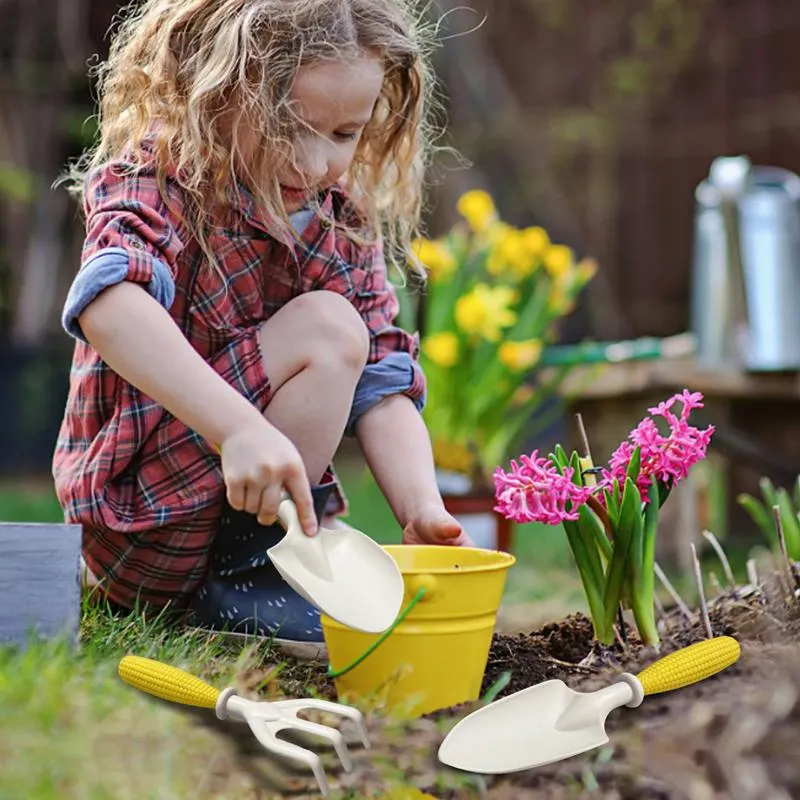
Conclusion
In conclusion, choosing the right children’s garden tools enhances their experience in exploring gardening. From the emotional benefits of connecting with nature to the practical skills learned, gardening offers invaluable lessons. By selecting safe, durable, and age-appropriate tools, you can foster a love for gardening that lasts a lifetime.
Engaging children in the gardening process creates a fun and educational environment. With proper planning, purchasing, and maintenance, their interest can bloom. You will also be teaching them responsibility and encouraging healthy habits.
As your children become involved in gardening, they will cherish their time outdoors and develop a deeper understanding of the world around them. By creating a family garden, setting goals, and incorporating educational elements, you will enrich their experience even further.
Embrace this opportunity to bond as a family while cultivating a passion for gardening in your children. With the right tools and motivation, children can discover the joys of gardening, nurturing their creativity, curiosity, and appreciation for the environment. So, gather your tools and let the gardening adventure begin!
